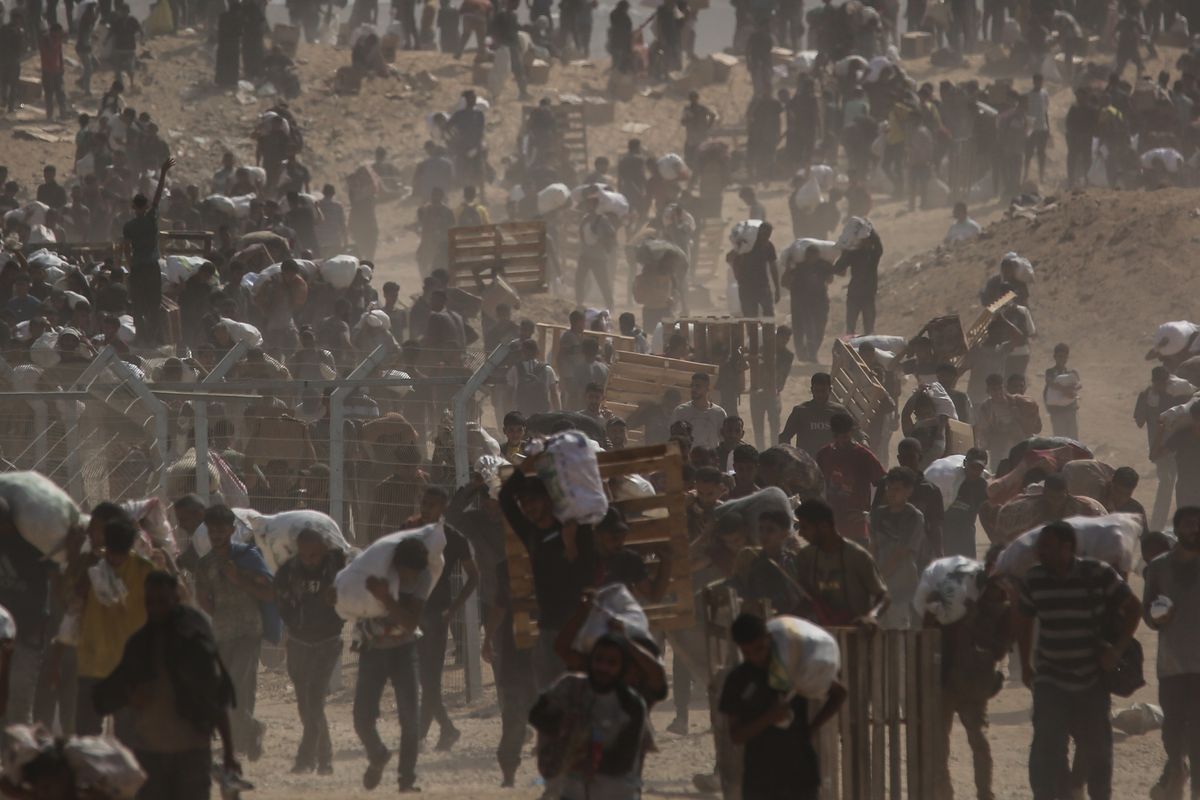On the surface, the Iranian election was an impressive display of hope trumping cynicism. Over 70 percent of the population turned out with more than half saying yes to President Hasan Rouhani’s moderate policies and giving a strong rebuke to hardliner Ebrahim Raisi, the preferred candidate of Iranian Supreme Leader Ayatlollah Ali Khamenei. President Rouhani’s reelection win is an impressive victory for the 68-year-old cleric, but it may not be the mandate that will usher in accelerated foreign and domestic policy changes that many in Iran are hoping for.
One thing the election does not indicate, and probably can’t achieve, is that drastic political change is coming to Iran. If anything, Rouhani’s 57 percent poll victory probably can best be viewed as an endorsement of his incrementalist, centrist approach to effecting change within the red lines drawn by Khamenei and hardliners in the clergy and the Islamic Revolutionary Guard Corps.
Under Rouhani’s watch, there has been some easing of repression against political opponents, and his handling of the Joint Comprehensive Plan of Action seems to have brought some positive benefits to the Iranian people, although not as much as the Iranian people may have been led to expect. Certainly, Rouhani’s dropping of the roughly 40 percent inflation rate he inherited from former President Mahmoud Ahmadinejad into single digits is something that most Iranians seemed to recognize as a positive result. Iran’s election also indicates a continuing trend of fairly-wide support for opening up to the West and the outside world.
It was interesting to see how much the 2009 election and its aftermath of widespread protest – the worst popular disturbances in Iran since the 1979 Islamic revolution – still reverberates in Iranian politics. The election results indicate a lack of will among the hardline clergy and IRGC to engage in electoral chicanery meant to throw the election to their preferred candidate, as they did in 2005 and 2009. Despite having thrown ample resources at the election, the hardline powers in Tehran have learned that they must tread lightly or be perceived as trifling with the popular will and all the nasty fallout that can then ensue. Rouhani was elected in 2013 based partly on a promise to lift the home detention of prominent opposition figures Mehdi Karrubi, Mir Hosein Musavi, and his wife Zahra Rahnavard, who have been detained since 2011. Many of Rouhani’s reformist supporters hold him accountable to make good on this promise.
The down side for Rouhani is that, if history is any guide, his second term will be a lesson in frustration as hardliners in the judiciary, IRGC, and the Supreme Leader’s office will try to undermine his initiatives. Indeed, Supreme Leader Khamenei has fought with – and has usually defeated – every president since his elevation as Khomeini’s successor in 1989. The second term in office for Rafsanjani, Khatami, and Ahmadinejad were all similar in that each presidency was stymied by Khamenei and his allies, and each President left office much less popular than when they entered. Just ask former President Muhammad Khatami who broke down in tears when he announced his reelection bid in 2001.
While the election may be seen as a referendum on Rouhani’s nuclear deal with the West, the other major issue hovering over the election – and one that will almost certainly be present in the minds of Iran’s political elite – is the issue of succession. Supreme Leader Khamenei, 77, has suffered poor health in recent years and has even alluded to his impending mortality publicly, though not specifically. It is doubtful that Rouhani, despite his impressive victory, will be able to convince the Assembly of Experts, the body that selects the Supreme Leader, to select him as Khamenei’s successor. Indeed, it is more likely that the Assembly, many of whose members are Khamenei supporters, will select someone like Raisi, a hardline cleric who wears the black turban (which denotes his ability to trace his lineage back to the prophet Muhammad), who heads one of the largest religious shrines in Iran, and has now passed through his first real trial in how to maneuver in Iranian politics.
Finally, Rouhani’s ability to break down barriers isolating Iran internationally and remove lingering sanctions may be made more difficult by the Trump Administration’s identification of Iran as the source of regional instability. Certainly, Rouhani may have to settle for driving a wedge between western Europeans and the United States. However, team Trump appears to be intent on reinvigorating American support for Gulf Arabs states to contain Iranian power and influence in the region. That spells difficult days ahead for everyone.












